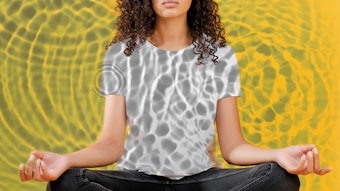An article in the September 2009 issue of Harvard Women's Health Watch notes the dangers of ultraviolet exposure.
Whether you get it from the sun or from artificial sources such as sun lamps and tanning beds, ultraviolet radiation is linked to skin cancers and to other sorts of skin damage, particularly premature skin aging, reports the September 2009 issue of Harvard Women’s Health Watch.
Ultraviolet radiation is one part of the spectrum of light that reaches the earth from the sun. The longer ultraviolet rays (UVA), which penetrate deep into the skin, are responsible for tanning. Shorter rays (UVB) damage superficial skin cell layers, causing sunburn. Tanning beds use fluorescent bulbs that emit mostly UVA, with smaller doses of UVB. The amount of UVA radiation you get in a tanning bed is up to three times more intense than the UVA in natural sunlight, and the UVB intensity in tanning beds approaches that of bright sunlight.
There's mounting evidence of a link between tanning bed use and all skin cancers. In 2002, a study found that use of an indoor tanning device was associated with a 50% increase in the risk of basal cell carcinoma and a more than 100% increase in the risk of squamous cell carcinoma. In 2007, an international cancer research organization found that people who started indoor tanning before age 35 had a 75% greater risk of developing melanoma, a serious and sometimes life-threatening cancer.
Harvard Women’s Health Watch notes that despite the clear evidence that it’s unsafe, the use of tanning beds is on the rise. The tanning industry claims that tanning is a good way to stimulate the skin’s production of vitamin D, which is essential to bone health and has also been linked to a reduced risk for some cancers. But you can get all the vitamin D you need in a supplement, without any of the risks to your skin.










